Figures & data
Figure 1. Map of Europe showing the position of the city of Bonn (Eurostat Citation2020, Bundesamt für Kartographie und Geodäsie Citation2020). The red polygon within the city of Bonn (black polygon) indicates the district of Dottendorf (Stadt Bonn Citation2020, Geobasis NRW Citation2020).
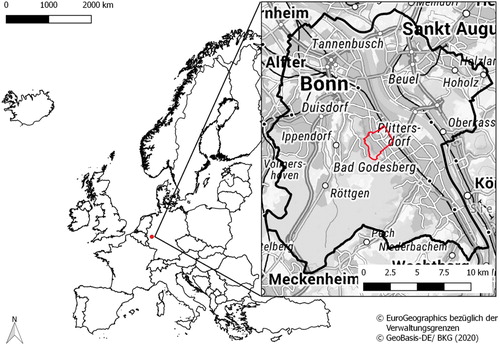
Figure 2. Mean daily temperature and mean daily precipitation per month of the two study periods 1969 and 2019.

Figure 3. Historical aerial photo with the southwest part of Dottendorf taken in 1964 (Source: Stadtarchiv und Stadthistorische Bibliothek Bonn; Photographer: Aero-Lux Büscher & Co. KG, Frankfurt).
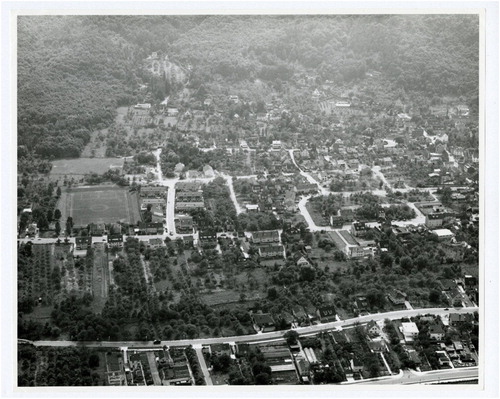
Figure 4. Aerial view of Dottendorf with adjoining district at the right from 2017, showing most of the mapping area except the eastern part; on the left margin the sports field existing already on the historical aerial view is visible (Source: Wikipedia, Wolkenkratzer).
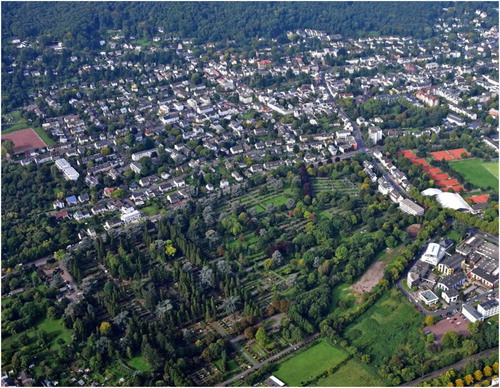
Figure 5. Change in breeding pairs between 1969 and 2019 in Dottendorf. Dots to the right of the diagonal line indicate a decrease in breeding pairs while dots to the left of the line indicate species that showed an increase in breeding pairs. Black dots, black stars and black squares indicate the 5%, 10%, and respectively 15% of species that decreased/increased strongest. Strongest decrease: 1 = Common Blackbird Turdus merula, 2 = House Sparrow Passer domesticus, 3 = Tree sparrow Passer montanus, 4 = European Greenfinch Chloris chloris, 5 = European Serin Serinus serinus, 6 = Common House Martin Delichon urbicum, 7 = Common Swift Apus apus, 8 = Eurasian Collared Dove Streptopelia decaocto, 9 = Common Redstart Phoenicurus phoenicurus; Strongest increase: 10 = Common Woodpigeon Columba palumbus, 11 = Eurasian Blackcap Sylvia atricapilla, 12 = Great Tit Parus major, 13 = Blue Tit Cyanistes caeruleus, 14 = European Robin Erithacus rubecula, 15 = Common Firecrest Regulus ignicapilla, 16 = Eurasian Wren Troglodytes troglodytes, 17 = Song Thrush Turdus philomelos, 18 = Dunnock Prunella modularis.
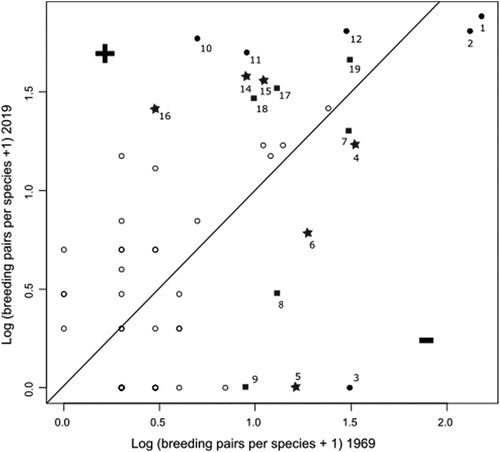
Table 1. Dissimilarity analyses (Bray–Curtis) for land use types and breeding bird assemblage between 1969 and 2019 in Dottendorf.
Table 2. Species number, number of breeding pairs, and Shannon diversity index for the two surveys of breeding birds in Dottendorf.
Figure 6. Map of the study area Dottendorf (inner polygon) and the 300 m matrix with land use types.
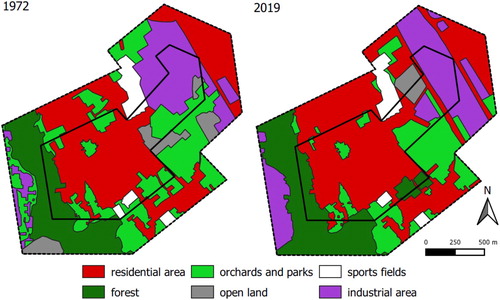
Figure 7. Proportion of habitat types for the nine species (15%) with the strongest decrease in breeding pairs; the nine species (15%) with the strongest increase in breeding pairs; extinct species; and all species; black = several habitat types, dark grey = residential area, mid grey = open land, light grey = forest. P values indicate Fisher’s exact tests between the first three groups against D.

